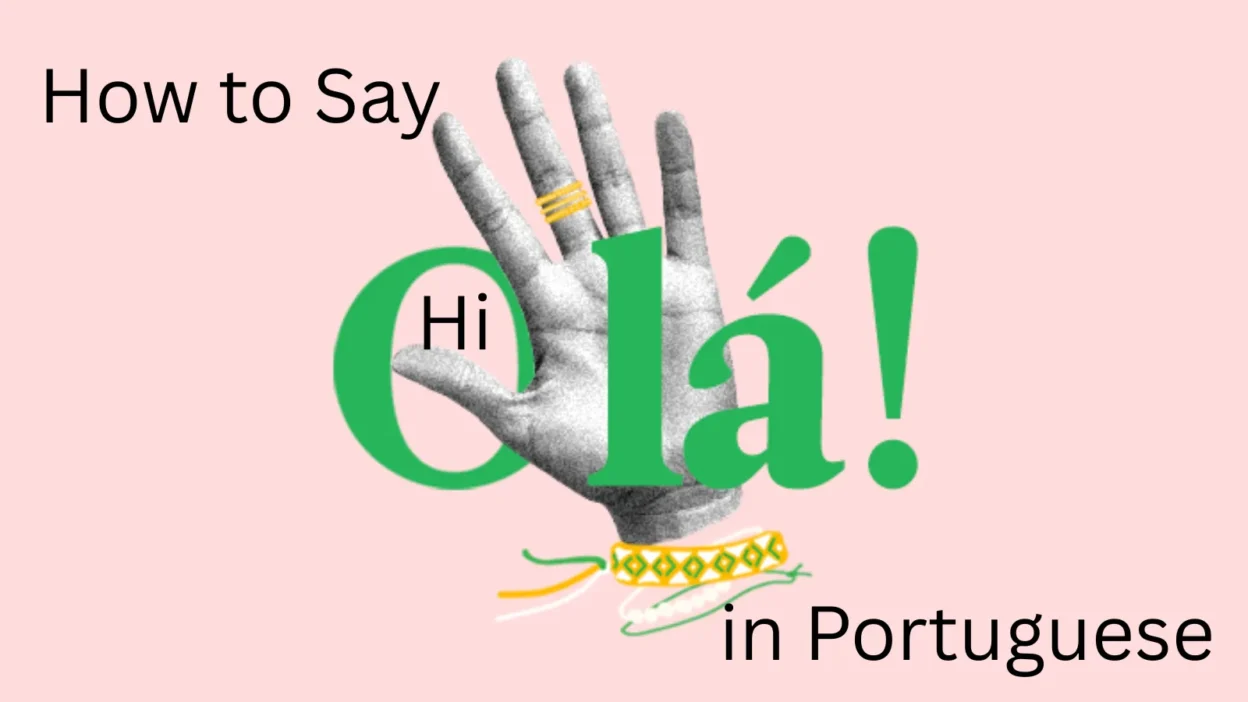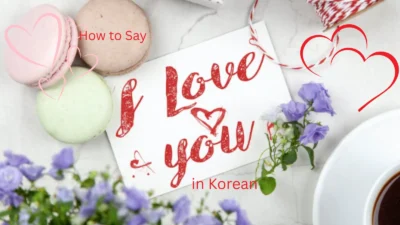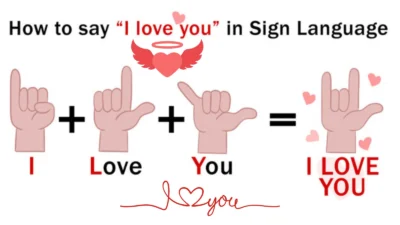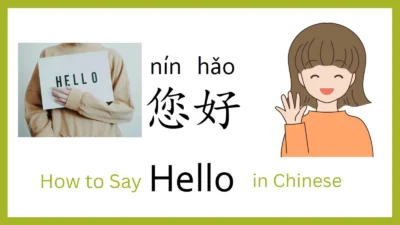How to Say Hi in Portuguese is one of the first things you’ll want to learn if you’re visiting Brazil, Portugal, or any Portuguese-speaking country. The most common and friendly way to greet someone is “Olá”, but there are many other casual and regional greetings you can use.
Whether you’re meeting friends, talking to locals, or just starting your Portuguese learning journey, knowing these greetings will help you make connections instantly.
With just a few simple words, you can break the ice and start conversations with confidence.
Say Hi in Portuguese
Let’s explore 15 popular ways to say “hi” in Portuguese, complete with dialogues and interesting origins!
15 Ways to Say Hi in Portuguese (With Meaning + When to Use)
| # | Portuguese Phrase | Meaning in English | When to Use |
|---|---|---|---|
| 1 | Oi | Hi | Most common, casual hello to anyone. |
| 2 | Olá | Hello | Neutral and polite greeting. |
| 3 | E aí? | What’s up? | Casual greeting with friends. |
| 4 | Bom dia | Good morning | From morning to noon. |
| 5 | Boa tarde | Good afternoon | Afternoon greeting. |
| 6 | Boa noite | Good evening / Good night | In evening or before sleeping. |
| 7 | Como vai? | How are you? | Polite conversation opener. |
| 8 | Tudo bem? | All good? | Common friendly greeting. |
| 9 | Tudo bom? | Everything good? | Casual variation of Tudo bem. |
| 10 | Como você está? | How are you doing? | Slightly more formal. |
| 11 | Fala! | Hey / Yo | Very casual, used mostly by youth. |
| 12 | Salve | Hey / Greetings | Street-style friendly greeting. |
| 13 | Beleza? | Cool? / All good? | Chill, friendly tone. |
| 14 | Oi gente | Hi everyone | Greeting a group. |
| 15 | E aí, meu amigo? | What’s up, my friend? | Warm greeting to someone close. |
1. Olá – Hello
Origin:
A universal greeting in Portuguese, “Olá” is equivalent to the English “Hello.” It’s used in both Brazil and Portugal.
Example:
👤 User A: Olá, tudo bem?
👤 User B: Olá! Tudo ótimo, e você?
Use: Neutral and polite; appropriate in most situations.
2. Oi – Hi
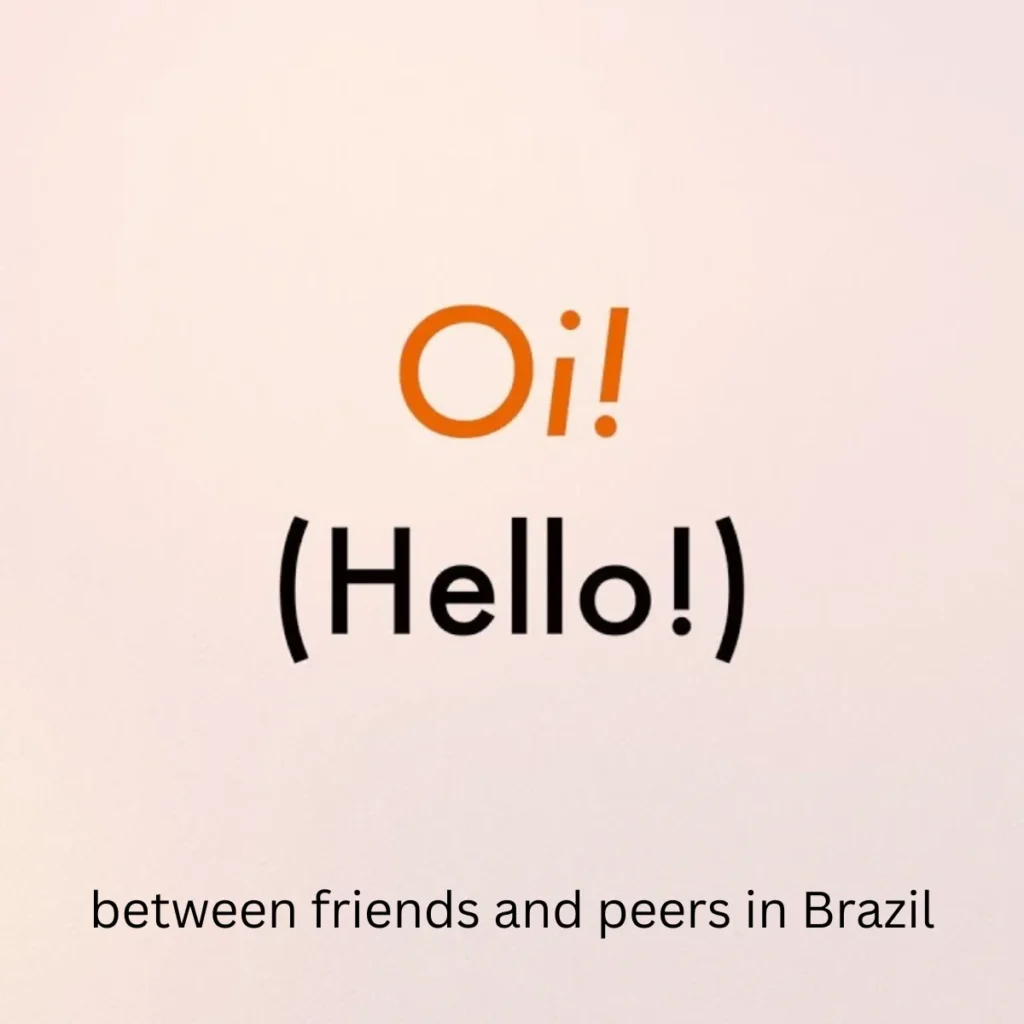
Origin:
Short and sweet, “Oi” is extremely common in Brazil. It’s informal and friendly, much like “Hi” in English.
Example:
👤 User A: Oi, Ana!
👤 User B: Oi! Que bom te ver!
Use: Casual; used between friends and peers in Brazil.
3. E aí? – What’s up?
Origin:
Slang that literally means “And there?” but is understood like “What’s up?” in Brazilian Portuguese.
Example:
👤 User A: E aí, cara?
👤 User B: E aí! Tudo tranquilo?
Use: Very informal; common among young people in Brazil.
4. Alô – Hello (on the phone)
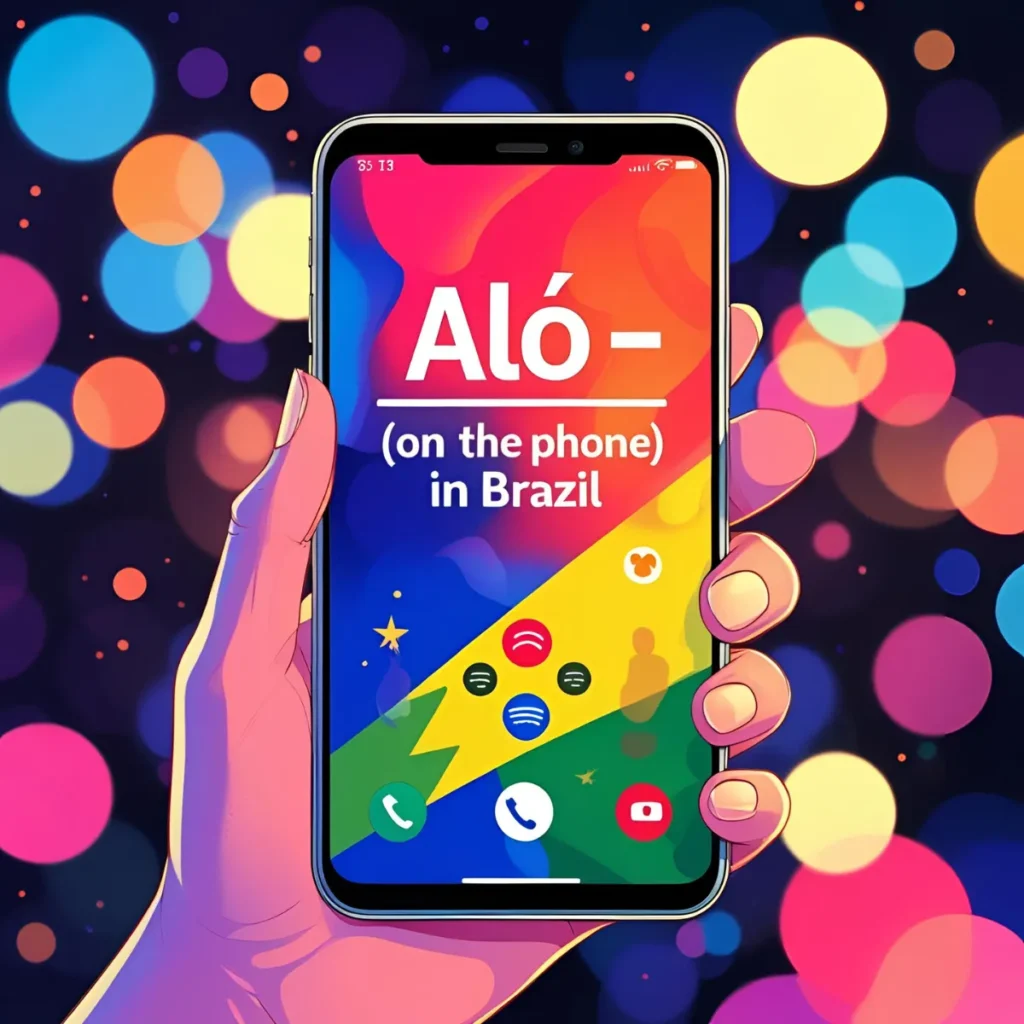
Origin:
Used almost exclusively when answering the phone in both Portugal and Brazil, similar to “Hello?” in English.
Example:
📞 User A: Alô? Quem fala?
📞 User B: Oi! É o João.
Use: Only for phone conversations.
5. Bom dia – Good morning
Origin:
Literally means “Good day,” but it’s used only in the morning hours. A standard polite greeting.
Example:
👤 User A: Bom dia, senhora!
👤 User B: Bom dia! Como posso ajudar?
Use: Formal to neutral; ideal for mornings.
6. Boa tarde – Good afternoon
Origin:
Used after midday until evening, “Boa tarde” is the go-to afternoon greeting.
Example:
👤 User A: Boa tarde, João!
👤 User B: Boa tarde! Tudo bem?
Use: Formal or neutral, depending on tone.
7. Boa noite – Good evening / Good night
Origin:
Used after dark, “Boa noite” can be both a greeting and a farewell.
Example:
👤 User A: Boa noite, amigos!
👤 User B: Boa noite! Prontos para o jantar?
Use: Evening greeting or goodbye.
8. Oi, tudo bem? – Hi, all good?

Origin:
This combo greeting is common in Brazil and often used to show friendliness.
Example:
👤 User A: Oi, tudo bem?
👤 User B: Tudo sim! E você?
Use: Very friendly; a warm way to begin conversation.
9. Como vai? – How are you?
Origin:
A bit more formal than “Tudo bem?” and commonly used in polite or business settings.
Example:
👤 User A: Olá, senhor. Como vai?
👤 User B: Muito bem, obrigado.
Use: Formal or respectful.
10. Fala aí! – Speak up! / What’s up?
Origin:
Brazilian slang, usually between male friends, meaning something like “Tell me” or “What’s going on?”
Example:
👤 User A: Fala aí, meu irmão!
👤 User B: Tudo certo, e contigo?
Use: Very informal, often among men.
11. Oi, sumido/sumida! – Hey, stranger!
Origin:
A playful way to greet someone you haven’t seen in a while. “Sumido” means someone who has disappeared.
Example:
👤 User A: Oi, sumido!
👤 User B: Haha! Estava com saudades!
Use: Flirty or friendly; informal.
12. Salve! – Yo! / Peace!
Origin:
Urban slang, especially used in Brazil’s hip-hop and skate communities. Originally a salute.
Example:
👤 User A: Salve, mano!
👤 User B: Salve! Tranquilo?
Use: Very informal; often male-to-male.
13. Beleza? – Everything good?
Origin:
“Beleza” means “beauty,” but in slang, it means “All good?” or “Cool?”
Example:
👤 User A: Beleza, cara?
👤 User B: Beleza! E aí?
Use: Informal; common in Brazil.
14. Oi, tudo certo? – Hi, everything okay?
Origin:
A variation of “Tudo bem,” often used in Brazil to check in casually.
Example:
👤 User A: Oi, tudo certo?
👤 User B: Tudo sim! E por aí?
Use: Friendly and informal.
15. Bem-vindo(a)! – Welcome!
Origin:
Used to greet someone who’s just arrived, whether at home, a party, or even a website.
Example:
👤 User A: Bem-vindo à nossa casa!
👤 User B: Obrigado! Que lugar lindo!
Use: Formal or informal, depending on the context.
FAQs
1. How do you say “Hi” in Portuguese?
The most common word is Oi (pronounced: oy).
2. What is the difference between “Oi” and “Olá”?
- Oi = casual hi
- Olá = polite hello
Dono common aur friendly hain.
3. How do you say “Hi” to a group?
Say: Oi gente (Hi everyone).
4. How do you greet someone in the morning in Portuguese?
Say: Bom dia (Good morning).
5. How do you greet in the afternoon?
Say: Boa tarde (Good afternoon).
6. How do you greet in the evening or night?
Say: Boa noite (Good evening / Good night).
7. How do you say “What’s up?” casually?
Say: E aí? (Eh-eye?) — very friendly.
8. Which greeting is the most common in Brazil?
Oi and Tudo bem? are the most common everyday greetings.
9. How do you say “Hi, friend” in Portuguese?
Say: Oi, amigo (for male) or Oi, amiga (for female).
10. Can I use Bom dia, Boa tarde, Boa noite instead of Oi?
Yes ✅ These are polite and used in daily conversation with strangers and friends.
Conclusion:
Now that you know how to say hi in Portuguese, you can greet people warmly and make a great first impression.Whether you use the classic “Olá”, a casual “Oi”, or a regional variation, these greetings will help you connect with Portuguese speakers naturally.
Keep practicing, and soon saying hi in Portuguese will feel effortless and fun! The more you use these greetings, the more confident and friendly your Portuguese conversations will become.
